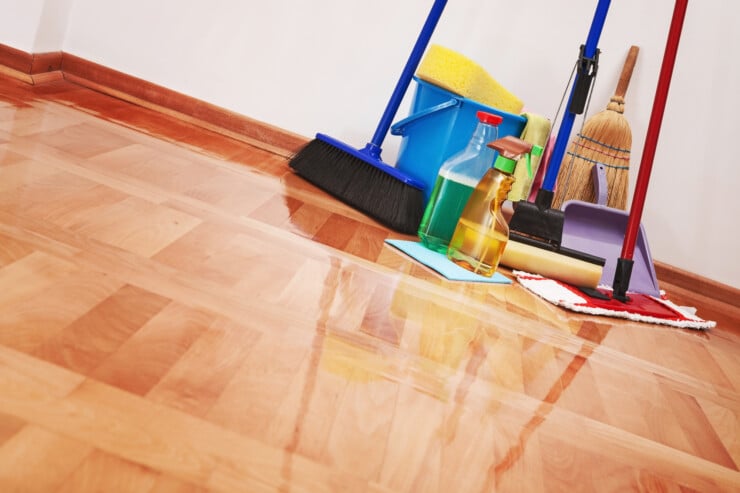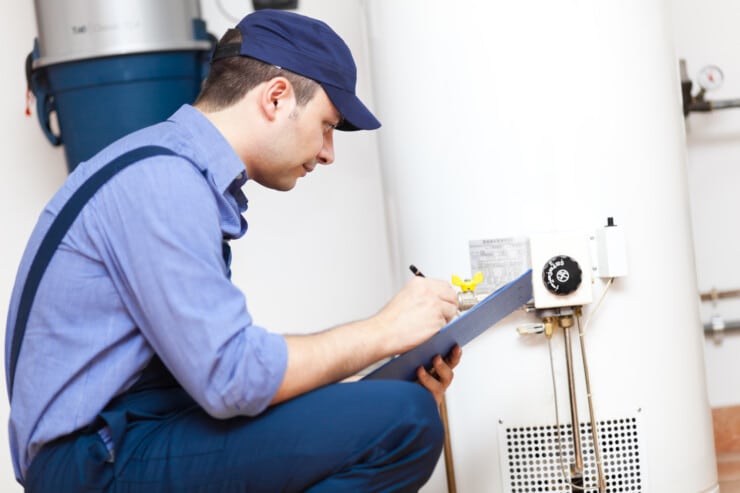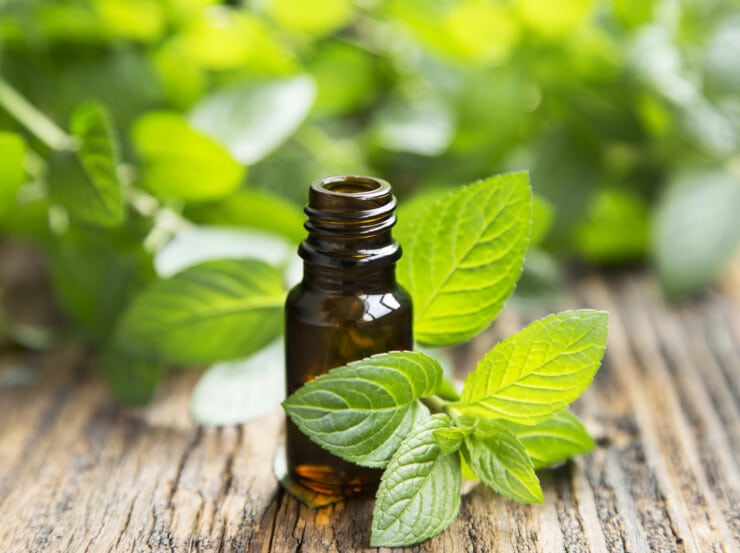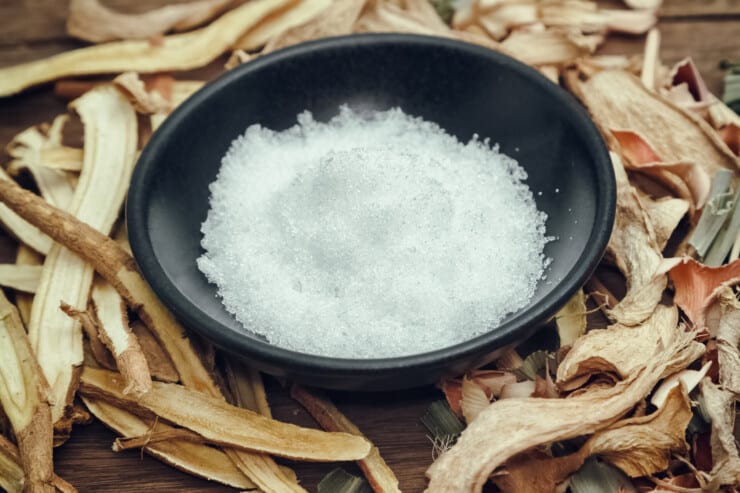Why Is There A Strange Turpentine Smell In My House?
Have you ever experienced an unfamiliar, strong smell in your house that brings to mind the scent of turpentine?
It’s a strange and unsettling experience that leaves you wondering what could possibly be causing this bizarre smell.
Before panic sets in, let us assure you that there might be some simple explanations for the mystery aroma floating around your abode.
Investigating Common Household Sources

When we think of a turpentine smell, our minds often jump to images of art studios and paint supplies.
However, it may come as a surprise that this peculiar odor might be lurking in your own home!
By investigating common household sources, you’re one step closer to identifying the origin – and asserting control over those stubborn scents.
One of the primary suspects for causing an unexpected turpentine-like whiff are household cleaners.
Many cleaning products contain chemicals with strong odors which can sometimes resemble that distinct turpentine aroma.
It’s important not only to check under sinks or in cabinets where these items are typically stored but also examine any bottles left out on countertops or floors after recent use.
Air fresheners – though intended to make spaces more pleasant – could have ingredients emitting a similar scent when mixed with other smells in the environment.
So, before calling in experts or panicking about potential hazards connected to this mysterious fragrance, take some time to delve into everyday items around your house.
A thorough sweep of all possible culprits will empower you by either pinpointing the source or at least eliminating possibilities from the list.
Identifying Potential Chemical Culprits
So, where do we start? First, focus on locating the source of the turpentine-like odor.
This could be anything from paint thinners or solvents stored nearby to accidentally spilled cleaning products.
Be sure to examine every nook and cranny – including cupboards, storage rooms, basements, and garages.
Once you’ve identified the origin point(s), assess whether there are any visible spills or leaks contributing to the pervasive scent.
Now that you have pinpointed the location and possible cause of the smell, it’s time for some good old-fashioned odor elimination techniques.
Proper ventilation is key; open windows and doors to allow fresh air circulation throughout your home.
You might also consider using activated charcoal or baking soda near the affected area(s) to absorb lingering odors.
Examining Plumbing And Ventilation Issues

Now that we’ve explored some chemical culprits that could be responsible for the strange turpentine smell in your house, let’s delve into another crucial aspect: plumbing and ventilation.
These are two key areas you might not have considered, but they play a significant role in maintaining a healthy living environment.
First off, check if there are any plumbing leaks or drainage problems.
Plumbing issues can lead to water damage and mold growth, which may emit unpleasant odors similar to turpentine.
Here are three possible signs of plumbing leaks:
- Visible water stains on walls or ceilings
- Damp or warped flooring near sinks, toilets, or other fixtures
- Unusually high water bills without an apparent reason
If you identify any of these warning signs, contact a plumber immediately to address the issue before it escalates further.
Ventilation flaws can also contribute to strange smells lingering in your home by trapping stale air indoors and reducing airflow efficiency.
Ensure all vents and ducts are clear from obstructions such as debris, dust buildup, or even pests like rodents nesting inside them.
Inspect exhaust fans in kitchens and bathrooms to make sure they’re functioning correctly.
Faulty exhaust fans can result in poor indoor air quality due to moisture accumulation leading to mold formation – yet another source of unwanted scents!
Investing time into inspecting and maintaining proper ventilation throughout your home will prove invaluable for keeping those mysterious odors at bay while providing a fresher atmosphere for everyone under your roof.
Assessing The Presence Of Hidden Mold
If you are concerned about the strange turpentine smell in your house, try to look for ways to identify signs of mold.
Look for visible mold, musty odors, and discoloration on walls and ceilings.
It’s also important to check for any water damage, as this can be a sign of hidden mold growth.
Identifying Signs Of Mold
It’s quite possible that you’ve got some hidden mold lurking around, and it’s essential to recognize the signs before it can cause any significant damage or health issues.
Mold is sneaky, but with a keen eye (and nose), we can uncover its hiding spots together.
One of the most apparent indicators of mold presence is its impact on our well-being.
If you or someone in your household starts experiencing unexplained allergy symptoms such as sneezing, runny nose, sinus congestion, or even more severe reactions like difficulty breathing and skin rashes, these could be mold health effects.
Keep an eye out for musty smells or visible water damage on walls and ceilings, which may also signal the growth of mold colonies.
Now let’s talk prevention methods because nobody wants their home to turn into a mold haven!
Start by controlling humidity levels through proper ventilation and using dehumidifiers if necessary.
Regularly inspect areas where moisture tends to accumulate – think bathrooms, kitchens, basements – and fix leaks promptly when discovered.
Also consider utilizing fans during showers and cooking sessions to keep air circulating throughout your living space effectively.
By staying vigilant against potential mold threats while implementing preventative measures, you’ll create a healthy environment where everyone can breathe easy—and leave that mysterious turpentine scent far behind!
Detecting Mold Growth Sources
So, you’ve got your mold prevention tips in place and are aware of the potential health implications.
But what if you suspect there’s already some hidden mold lurking around?
Don’t fret; it’s time to put on our detective hats and uncover those sneaky sources!
Identifying where mold growth may be originating is crucial for effective remediation and maintaining a healthy living environment.
Start by checking out common culprits like damp areas under sinks, behind appliances or furniture, and even inside air conditioning systems.
Be sure to also examine window sills, doorframes, carpets, and wallpapers – these spots can all harbor moisture-loving molds that might not be immediately visible.
Remember that when it comes to detecting mold, trust your senses: unusual smells or persistent allergy symptoms could very well point you in the right direction.
Stay proactive in implementing preventive measures while keeping an eye (and nose) out for telltale signs of hidden mold.
Professional Assistance And Remediation

If you’ve tried airing out your house, used fans or even burned scented candles but nothing seems to make a difference, it may be time to consider professional assistance and remediation.
One option is to consult with experts who specialize in odor removal services.
These professionals will assess the situation within your home, identify possible causes of the turpentine smell, and recommend appropriate solutions for addressing these issues.
Some popular methods they might use include ozone treatments, hydroxyl generators, or specialized cleaning products designed specifically for eliminating stubborn odors.
To give you an idea of the potential sources of that persistent smell and suitable turpentine alternatives, here’s a table outlining common culprits:
| Possible Source | Turpentine Alternative |
|---|---|
| Painting Supplies | Water-based paints |
| Wood Finishing Products | Low VOC wood finishes |
| Cleaning Solutions | Vinegar & baking soda |
| Air Fresheners | Essential oil diffusers |
| Pest Control Chemicals | Natural pest deterrents |
When selecting a professional service provider for odor removal in your home, look for those with positive reviews and credible industry certifications.
This ensures that you are working with qualified individuals who take their work seriously and strive towards providing satisfactory results.
Remember that achieving mastery over any skill requires persistence – don’t get disheartened if earlier attempts at removing lingering odors were unsuccessful!
The key is to seek expert guidance tailored to your specific needs and circumstances.
By turning to professionals for help, you can finally say goodbye to that unwelcome turpentine smell and enjoy a fresh, clean living space once again.
Frequently Asked Questions
Can Certain Types Of Furniture Or Household Items Emit A Turpentine-Like Smell?
You might be surprised to learn that certain types of furniture and household items can indeed emit a turpentine-like smell.
Often, this aroma comes from furniture finishes or paint solvents used in their production process.
These substances may release volatile organic compounds (VOCs) into the air, which you’ll notice as an unmistakable scent reminiscent of turpentine.
While it’s natural to be curious about what’s causing this peculiar odor, understanding its source empowers you to address any potential concerns effectively and create a more comfortable living environment for yourself and your loved ones.
Are There Any Health Risks Associated With Being Exposed To A Turpentine Smell For An Extended Period Of Time In My Home?
Exposure to turpentine odors for extended periods of time can indeed pose health risks, depending on the concentration and your individual sensitivity.
Turpentine exposure may cause irritation to your eyes, skin, and respiratory system, as well as lead to headaches, dizziness, or nausea.
It’s crucial to identify and remove any odor sources in your home to safeguard your well-being.
If you suspect that furniture or household items are emitting this smell, take steps such as ventilating the area, using air purifiers, or consulting with a professional for guidance on remediation measures.
Prioritizing indoor air quality is essential in achieving an overall healthier living environment.
How Can I Prevent The Buildup Of Turpentine Smells In My Home In The Future?
To prevent this olfactory assault in the future, it’s essential to employ effective prevention techniques and identify potential odor sources.
Start by ensuring proper ventilation throughout your home, regularly cleaning surfaces that may harbor residues, and safely storing or disposing of any products containing turpentine after use.
Can Certain Types Of Plants Or Vegetation Near My Home Contribute To The Turpentine Smell Indoors?
Surprisingly, certain types of plants or vegetation near your home can indeed contribute to the turpentine smell indoors.
Some plants, known as turpentine plants, naturally produce odorous compounds similar to those found in paint thinners and solvents.
While these odor sources are typically harmless outdoors, they may seep into your living space if windows and doors are left open or poorly sealed.
To maintain a fresh indoor atmosphere, it’s wise to familiarize yourself with the native flora around your property and take measures such as proper ventilation and sealing gaps to keep unwanted scents at bay.
Are There Any DIY Methods To Effectively Eliminate The Turpentine Smell In My Home Without Seeking Professional Assistance?
You can tackle that pesky turpentine smell using DIY methods without breaking a sweat.
Start by creating your own air purifiers, which can be as simple as placing bowls of baking soda or activated charcoal around the affected areas to absorb odors.
Consider incorporating odor-absorbing materials like coffee grounds and vinegar into your cleaning routine.
By taking these steps, you’ll soon master the art of eliminating unwanted smells in no time – all while saving money on professional services.
Final Thoughts
It’s essential to identify the source of that peculiar turpentine smell in your home as it could be coming from furniture, household items or even plants near your house.
Your health and well-being should always take precedence, so consider implementing preventive measures and using DIY methods for eliminating the odor.
If all else fails, don’t hesitate to seek professional assistance to ensure you can breathe easy once again.







